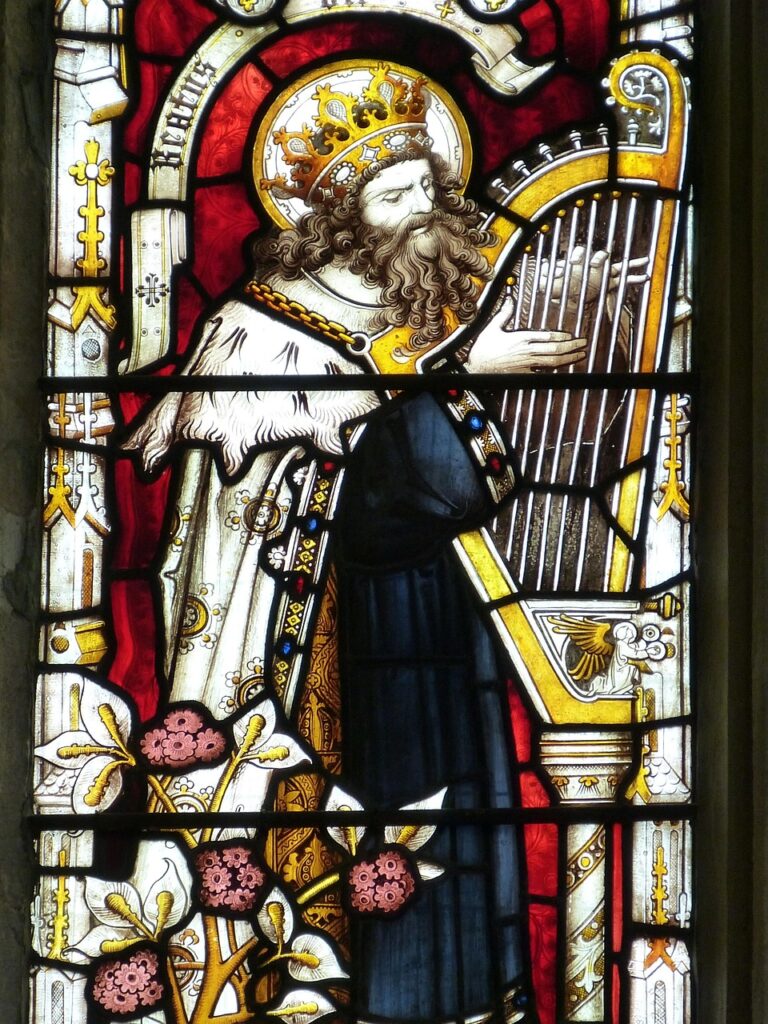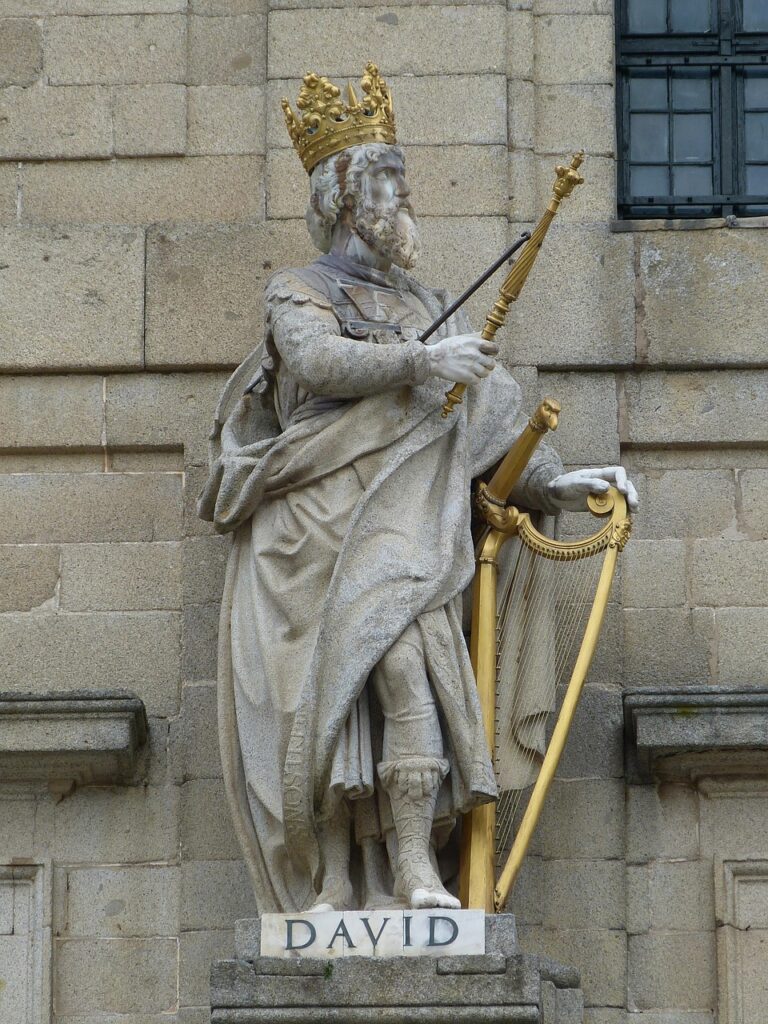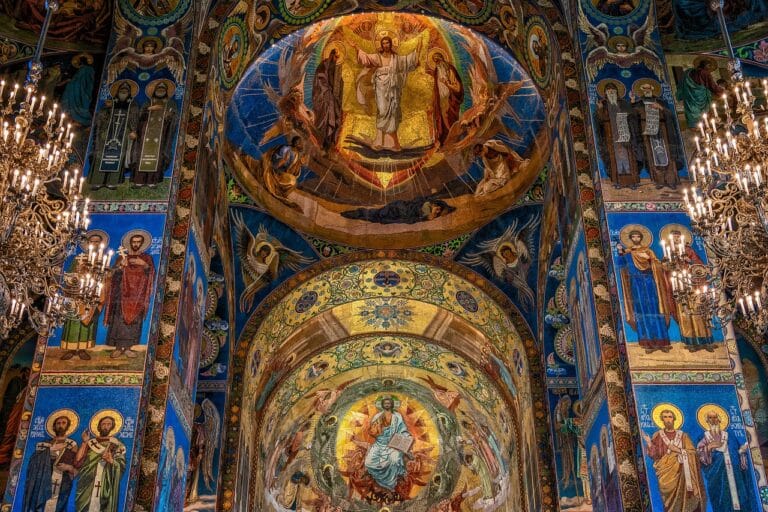
Traveling offers an opportunity for adventure, exploration, and personal growth. It allows us to immerse ourselves in different cultures, taste new foods, and experience the beauty of diverse landscapes. One fascinating aspect of traveling is learning about historical figures and their legacies, such as King David. An intriguing question arises: Did King David have red hair? This article explores the evidence and implications of this question while also discussing the broader context of travel.
Understanding King David’s Significance
King David is one of the most celebrated figures in biblical history. He is known for uniting the tribes of Israel and establishing Jerusalem as the capital. His story is filled with triumphs and trials, including his famous battle with Goliath. David is revered not only as a warrior and king but also as a poet and musician, credited with writing many of the Psalms.
Traveling to sites significant to David’s life, such as Bethlehem and Jerusalem, allows us to connect with this historical figure in a tangible way. These destinations offer a glimpse into the ancient world and provide context to the stories we’ve heard. Understanding David’s life and legacy can enhance our appreciation of these places as we explore their rich histories.
The Biblical Description of King David
The Bible provides some physical descriptions of King David. In the book of 1 Samuel (16:12), it mentions that David was “ruddy, with beautiful eyes and a handsome appearance.” The term “ruddy” has led to various interpretations over the years. Some scholars suggest it refers to a reddish complexion or hair color, while others argue that it signifies a healthy, vibrant appearance.
Traveling to Israel and exploring archaeological sites can help us understand the historical context of such descriptions. The region’s culture and the significance of physical attributes in ancient times add layers to our understanding of David. Engaging with local historians and guides can provide further insights into how David’s image has been perceived through centuries.
Artistic Representations of King David

Throughout history, King David has been portrayed in various artistic works, from paintings to sculptures. Some of these representations depict him as having red hair, while others present him with darker locks. The inconsistency in these images may stem from the artists’ interpretations, cultural influences, and the symbolism they sought to convey.
Traveling to museums and galleries that feature works depicting King David can be an enriching experience. Observing the different styles and contexts of these artworks can provide a deeper understanding of how perceptions of David have evolved. Engaging with art historians during your travels can also shed light on the significance of color and representation in these works.
Historical and Cultural Context
To comprehend whether King David was truly a redhead, it’s important to consider the historical and cultural context of his time. Ancient Israel was a melting pot of cultures, and physical characteristics varied widely. The region had influences from neighboring nations, which contributed to a diversity of appearances among its people.
When traveling to Israel, you can witness this diversity firsthand. Interacting with locals and exploring various communities can give you a sense of the rich tapestry of cultures that existed during David’s era. Understanding the historical context helps us appreciate the significance of David as a leader and symbol in a diverse society.
The Role of Language in Interpretation
The interpretation of terms used in the biblical text can also affect our understanding of King David’s appearance. Words like “ruddy” might carry different connotations depending on the language and context. Hebrew, the language of the Old Testament, has nuances that can be lost in translation.
When traveling to Israel, exploring the Hebrew language can deepen your understanding of biblical texts. Attending workshops or courses focused on ancient languages can enhance your appreciation for the complexities of the scriptures. Engaging with scholars who specialize in biblical languages can provide valuable insights into how these translations have influenced our perceptions of figures like King David.
Modern Interpretations and Popular Culture

In contemporary culture, King David’s image has been shaped by literature, film, and television. Various portrayals often choose to emphasize certain physical traits, including hair color, depending on the narrative they wish to convey. These modern takes can significantly influence public perception and understanding of David.
Traveling to film festivals or events focused on biblical narratives can be a fascinating way to explore how King David’s character has been adapted over time. Engaging with filmmakers and writers can provide insights into the creative choices made in representing historical figures. Understanding the impact of popular culture on our perception of King David can deepen our appreciation for the stories we encounter during our travels.
Exploring David’s Legacy Through Travel
Traveling to places associated with King David can be a profound experience. Sites like the City of David in Jerusalem and the fields of Bethlehem allow visitors to walk in the footsteps of this legendary figure. Each location offers unique insights into David’s life, reign, and the historical events surrounding him.
While exploring these sites, travelers can participate in guided tours, archaeological digs, or workshops that provide a deeper understanding of the historical context. Engaging with local communities can also enhance the experience, as it allows for personal connections and stories that bring the past to life.
The Journey of Discovery

The quest to uncover the truth about King David’s appearance, including whether he was a redhead, reflects a broader journey of discovery that traveling offers. As travelers, we seek to understand the world, its history, and the people who shaped it. Each location we visit presents an opportunity for exploration and connection.
Traveling encourages us to ask questions, seek knowledge, and engage with diverse perspectives. The story of King David serves as a reminder that history is often complex, and our understanding can evolve as we learn more. Embracing this journey of discovery can enrich our travels and deepen our appreciation for the places we visit.
Conclusion
The question of whether King David was truly a redhead opens a fascinating dialogue about history, culture, and representation. While the biblical text provides some clues, the interpretation of these descriptions is influenced by language, culture, and individual perspectives. Traveling to sites associated with David allows us to connect with his legacy and gain a deeper understanding of the historical context.
Ultimately, the journey of exploring King David’s life and the various interpretations of his appearance reflects the broader experience of traveling. Each journey offers opportunities for discovery, connection, and growth, reminding us of the rich tapestry of human history and the stories that continue to shape our world.
FAQs
1. What are some key sites to visit related to King David?
Some key sites include the City of David in Jerusalem, Bethlehem, and the archaeological sites around the region that highlight David’s historical significance.
2. How can I learn more about biblical history while traveling?
Attending guided tours, participating in archaeological digs, and engaging with local historians can provide valuable insights into biblical history during your travels.
3. What are the best times to travel to Israel?
The best times to visit Israel are during the spring (March to May) and fall (September to November) when the weather is mild, and there are fewer tourists.
4. Are there any cultural customs to be aware of while visiting Israel?
Yes, it’s important to dress modestly when visiting religious sites, and being aware of local customs regarding greetings, dining, and photography can enhance your experience.
5. How can I connect with local communities during my travels?
Participating in community events, volunteering, and staying in locally-owned accommodations can help you connect with local communities and gain a deeper understanding of their culture.






